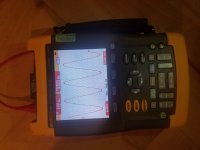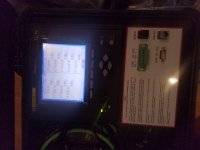mep
Well-known member
- Joined
- Dec 4, 2013
- Messages
- 5,283
Mark, this review is somewhat helpful in explaining:
https://www.audiostream.com/content/djm-electronics-gigafoilv4-–-inline-ethernet-filter
P.S. I am nearing the end of my search for the ultimate power supply for the Nucleus/Nucleus+ and GigaFoil. I have a customer who has been very helpful for the past several months buying and trying a variety of PSU’s. I think we’ve found the winner. Stay tuned.
Sent from my iPhone using Tapatalk
I read that review Mike, but I didn't get much out of it besides his enthusiasm for the filter. I would like a simple answer from someone like Ken who says the GigaFoil removes all of the noise to explain what noise they are actually hearing from their system that disappears when they install the GigaFoil. All I'm saying is that I'm not hearing any noise in my digital signal path.



